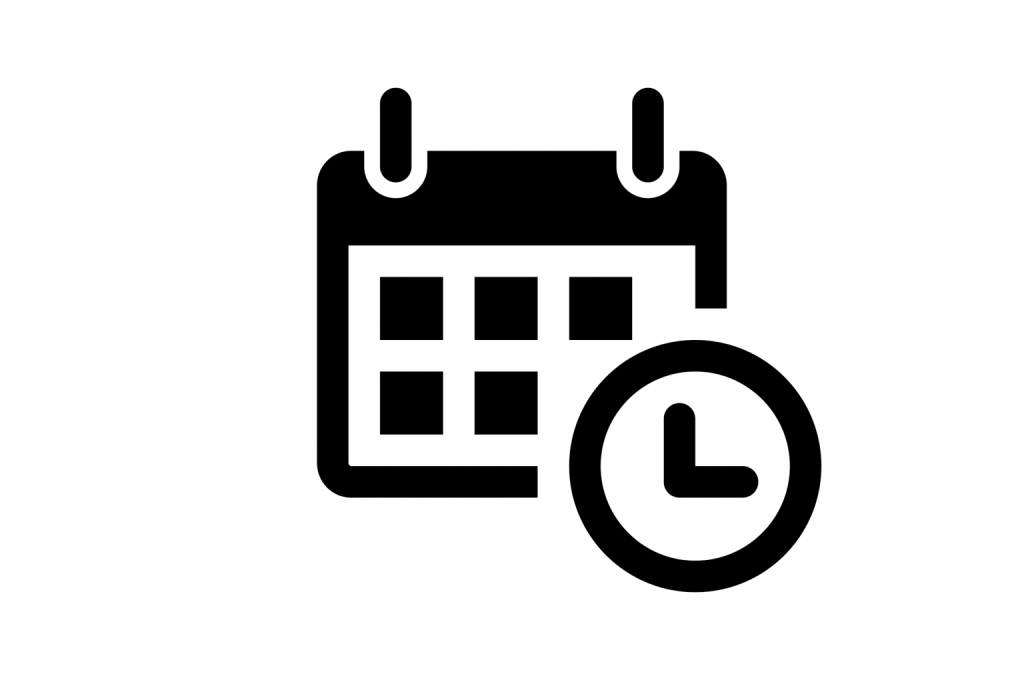This is the final blog in a three-part series. Check out part one to learn more about understanding and improving the experience your website offers with search exit and depth metrics, and part two to discover the importance of search refinements on your higher education website.
When it comes to identifying tools that will help to drive student acquisition online, “site search” is not necessarily the first thing that springs to mind. Yet it can contribute greatly to improving conversion rates of prospective students and supporting the enrollment process.
Studies show that search users convert at 2-3 times the rate of other site users. But this doesn’t happen by accident. Constant, incremental and measured improvement, is what it takes to achieve great results.
Capturing Pages With High Searches
Identifying pages with high search volumes will tell you the parts of your website that a lot of searches start on. You can find this information in the behavior tab of your Google Analytics account. You will notice your homepage will typically be the starting point for the majority of searches. But you will see other pages that also kick off a lot of search activity.
Remember though, pages with high searches can be both a good and a bad thing.
It can be a positive indication that the page is engaging and has piqued the interest of the visitor who then wants to find additional information. An example of this could be that a prospective student has visited a course page and loves the sound of the course, but then wants to find out more about other aspects of the institution, such as student experience or accommodation.
It can also be an indication that there are some issues with the page and the information it is providing, for example, there might be key information missing such as dates or costs if there is a particularly common search originating from a given page it could also show cross-linking opportunities. You can improve this by exploring the most common search terms used on high volume search pages and ensuring you either add the information people are looking for, or include a prominent link to a page containing the information elsewhere on the website.
Measuring Goal Value
Goal value is possibly the most valuable metric you can set up prior to and while you are making improvements to your search functionality, as it allows you to measure the impact of the changes you implement on the overall goals of your website.
Higher Education website goals are typically split into three outcomes:
- Click to apply
- Book a campus tour
- Request a welcome pack
Simply stated, the goal value is:
The conversion rate as a percentage of the average student value.
For example, if your average student value is $1000 and your click to apply button generates a 50% conversion rate then the goal value is $500.
Once you have a clear understanding of goal value you can use it to make a wide range of decisions, such as which CTA you should put on your page, or even which page you should promote to the top of your search ranking for any given search term.
Goal Value in Action at The British Columbia Institute of Technology
The British Columbia Institute of Technology (BCIT) has 45,000 students. They analyze every interaction on their website and assign a monetary value to their goals.
They use this data to drive decisions around design and to iteratively improve the performance of their site from a conversion and enrollment perspective.
BCIT re-designed their homepage and top navigation a few years ago. They removed their search bar and left a small magnifying glass icon.
Over a six week period, they saw a decline in the use of site search. This had a noticeable impact on goal value (a decrease of $70,0000), conversions and therefore revenue. Because search users tended to convert at a rate 2-3 times that of non-searchers. Fewer searches led to lower conversion, and therefore lower goal value.
With this data to hand, they were able to go back to the design team and make the point that the seemingly small change was actually negatively impacting the bottom line. They then added the search bar back to their navigation and saw searches increase.
Summary
Site search is an untapped resource for many higher education institutions. Reviewing your analytics regularly and focusing on key metrics will demonstrate core areas where you can improve your UX design and marketing copy and have a direct impact on enrollments.
These changes will often be incremental and continue to change over time. While they do need regular monitoring, the changes you make will be budget-friendly, often requiring few resources or little time to change and yield significant returns.
Read more here…




